- Infrastructure as Code
- CI/CD PipelinesTesting
- Dev Sec Ops
- Logging
- Monitoring
- Observability
Infrastructure as Code (IaC) manages and provisions computing infrastructure through machine-readable definition files, enabling automated and consistent deployments. Benefits include automation, rapid deployment, scalability, version control, and traceability. Common use cases include servers, storage, networking, and deployment automation. Benefits include rapid deployment, consistency, scalability, traceability, and cost efficiency. To get started, define infrastructure resources, write infrastructure code, choose an IaC tool, deploy the code, and test and validate the infrastructure.
CI/CD Pipelines
Continuous Integration/Continuous Deployment (CI/CD) pipelines are a fundamental part of modern software development practices, enabling automation of the build, test, and deployment processes. CI/CD pipelines provide a structured approach to software delivery, allowing teams to deliver high-quality software quickly and reliably.
Key Components of CI/CD Pipelines:
Continuous Integration (CI):
Code Integration: Automatically integrate code changes from multiple developers into a shared repository.
Automated Builds: Automatically build the application whenever changes are pushed to the repository.
Automated Testing: Run automated tests (unit tests, integration tests, etc.) to ensure code quality and functionality.
Continuous Deployment (CD) / Continuous Delivery (CD):
Automated Deployment: Automatically deploy the application to various environments (development, staging, production) after successful builds and tests.
Environment Configuration: Use infrastructure as code (IaC) to define and configure deployment environments consistently.
DevSecOps is an approach to software development that integrates security practices into the DevOps pipeline, emphasizing security throughout the software development lifecycle.
Key Components of DevSecOps:
Security Automation: Automate security processes, such as vulnerability scanning, code analysis, and compliance checks, to identify and remediate security issues early in the development process.
Shift-Left Security: Implement security practices early in the development lifecycle (Shift-Left), ensuring that security considerations are addressed from the beginning of the development process.
Security Culture: Foster a culture of security awareness and collaboration among development, operations, and security teams, encouraging shared responsibility for security and promoting security best practices.
Continuous Monitoring: Monitor applications and infrastructure continuously for security vulnerabilities, threats, and anomalies, enabling proactive detection and response to security incidents.
Compliance and Governance: Ensure compliance with regulatory requirements and industry standards by integrating compliance checks and controls into the DevSecOps pipeline.
Logging is the process of recording events, activities, and status information generated by software applications and systems which involves capturing and storing log messages for analysis, troubleshooting, auditing, and compliance purposes. Logging plays a crucial role in monitoring the health, performance, and security of applications and infrastructure.
Key Components of Logging:
Log Messages: Log messages contain information about events, errors, warnings, and other activities that occur within an application or system.
Log Sources: Log messages are generated by various sources, including applications, servers, databases, network devices, and security systems. Each source may produce different types of log messages, depending on its functionality and configuration.
Log Storage: Log messages are stored in log files, databases, or centralized logging systems (e.g., ELK stack, Splunk, or AWS CloudWatch Logs) for long-term retention and analysis. Log storage solutions provide search, filtering, and visualization capabilities to help users analyze and troubleshoot log data effectively.
Log Analysis: Log analysis involves processing and analyzing log data to identify patterns, anomalies, and trends. This helps in detecting issues, diagnosing problems, and optimizing performance. Automated log analysis tools use machine learning and artificial intelligence algorithms to detect and respond to security threats and operational issues in real-time.
Monitoring involves the continuous observation and analysis of systems, applications, and infrastructure components to ensure their health, performance, and availability. Monitoring provides real-time visibility into the operational status of IT environments, enabling organizations to proactively identify and address issues before they impact users or business operations.
Key Components of Monitoring:
Metrics: Metrics are quantitative measurements that represent the state or behavior of systems and applications. Examples of metrics include CPU utilization, memory usage, network traffic, response time, and error rates.
Logs: Logs contain detailed records of events, activities, and errors generated by applications and systems. Analyzing logs helps in troubleshooting issues, diagnosing problems, and identifying trends or patterns.
Alerts: Alerts are notifications triggered by predefined thresholds or conditions in monitored systems. Alerts notify administrators or operations teams of potential issues or anomalies that require attention, enabling timely response and resolution.
Dashboards: Dashboards provide visual representations of key metrics, performance indicators, and status information in a centralized and customizable interface. Dashboards facilitate monitoring, analysis, and decision-making by presenting relevant data in a concise and accessible format.
Observability refers to the ability to understand and infer the internal state and behavior of systems, applications, and infrastructure components based on external outputs and telemetry data. It involves collecting, analyzing, and visualizing data from various sources to gain insights into the performance, reliability, and behavior of complex distributed systems.
Key Components of Observability:
Telemetry Data: Telemetry data includes metrics, logs, traces, events, and other signals generated by systems and applications. Telemetry data provides visibility into the internal workings of systems and enables analysis and troubleshooting.
Instrumentation: Instrumentation involves adding code to applications and systems to generate telemetry data and capture relevant events and activities. Instrumentation enhances observability by providing fine-grained insights into system behavior and performance.
Visualization and Analysis Tools: Visualization and analysis tools help in aggregating, processing, and visualizing telemetry data from various sources. These tools enable users to monitor, analyze, and troubleshoot systems effectively through dashboards, charts, graphs, and reports.
Alerting and Anomaly Detection: Alerting mechanisms notify users of abnormal or unexpected behavior in systems and applications. Anomaly detection algorithms analyze telemetry data to identify deviations from normal patterns and trigger alerts for further investigation.

